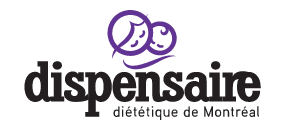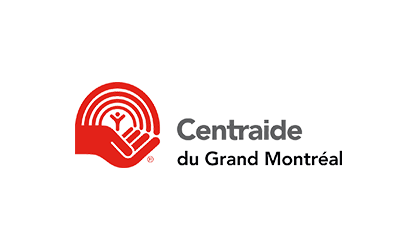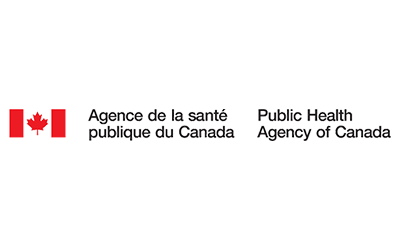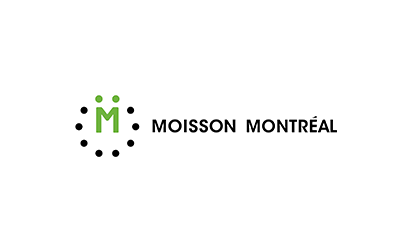Several strategies can be adopted: take the supplement with a source of vitamin C or a source of heme iron, avoid foods known to decrease its absorption, or cut the prenatal supplement into two halves.
WHAT INCREASES ITS ABSORPTION
Vitamin C significantly increases iron absorption. Indeed, while about 10% of the iron in a multivitamin is absorbed by the body, the rate increases to 20% when taken with a source of vitamin C. Accompanying prenatal supplements with a portion (125 ml) of orange juice is an effective way to achieve this. Oranges, kiwi fruits and bell peppers are also excellent sources. For more information on sources of vitamin C, click here.
The consumption of meat, poultry or fish, each of which contains heme iron (iron that is better absorbed) with prenatal supplements may also help absorb more iron and reduce its unpleasant gastrointestinal effects, such as constipation.
WHAT REDUCES ITS ABSORPTION
The consumption of caffeinated beverages or foods (tea, coffee, chocolate) reduces iron absorption. It is recommended to have caffeine two hours before or after the prenatal multivitamin to avoid reducing iron absorption efficiency. Phytates and oxalates contained in foods such as spinach, soybeans, kale, beans and many others, can also reduce the absorption of iron. It is therefore recommended to consume phytates and oxalates at a separate meal than that of the supplement.
It is not proven that calcium significantly interferes with iron absorption. There is no specific recommendation from the Dispensary on consumption of dairy products (calcium-rich) and foods containing iron. For more information, see the following article.
A large amount of iron present in the digestive tract can also affect negatively the amount of iron absorbed. Thus, it is possible to cut a pill in half and take two half doses at separate times during the day: for example, one half at breakfast time and the second one at dinner or bedtime.






